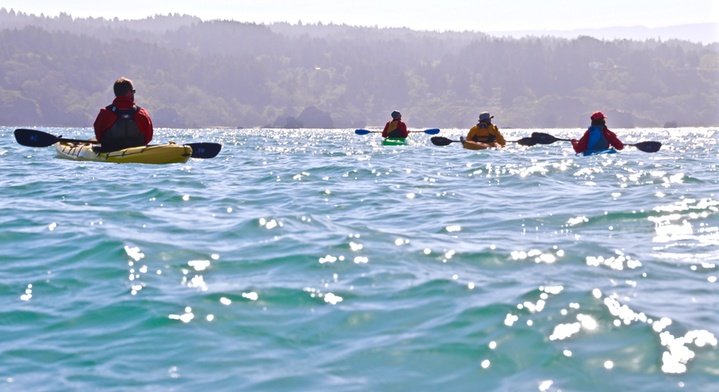
Photos: AG
Scanning the sparkly horizon from our kayaks in calm, lake-like ocean just outside Trinidad Bay our group of five Tuesday morning warriors finally got the visual indicator we were hoping for letting us know we were not alone.
“There’s a spout,” said Chet Friedman, a local nature photographer, pointing south. We all strained to look to where he was motioning, maybe a couple miles away. “Right near the mouth of Little River.”
“You’re sure you saw one?” said Jason Self, our guide who runs Kayak Trinidad. Chet was sure, though none of the rest of us had seen anything, so we bobbed patiently waiting for more activity. After a few minutes of quietly doubting Chet’s eyes, sure enough, a misty spray out of the ocean to the south. Then another one.
“And it’s just after 10,” Jason said. He’d mentioned earlier that he had a streak of several days going where gray whales were kind enough to pass this way on their migration north at 10 a.m. on the dot. Once again it was whale o’clock.
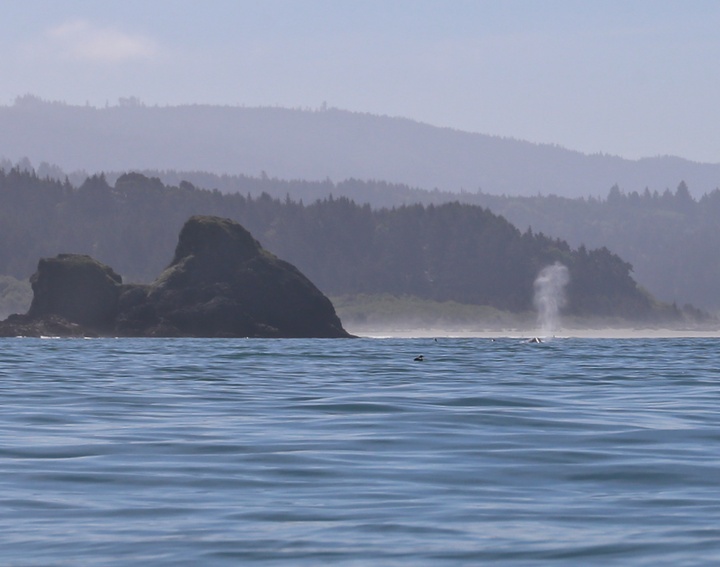
We’re in the middle of prime gray whale time here in Humboldt. From early April through May each year thousands of whales pass us by as they travel from their breeding grounds in Baja California Sur to their winter feeding grounds in Alaska. They tend to hug the shore — an attempt to protect their new calves from orcas in deeper waters — which provides whale gawkers great opportunities to catch an eyeful of whale from elevated vantage points, such as Trinidad Head.
“Oh! There’s a bunch right there.” Jason guessed there was maybe five or six whales headed our direction and quickly attempted to plot an intercept course. He directed the group to hurry toward the land.
It’s hard not to feel a bit absurd when you’re frantically paddling in an attempt to position your kayak within the trajectory of an approaching gray whale pod. I mean, these things can reach lengths of over 40 feet and weigh over 30 tons — that’s slightly bigger than the plastic kayaks we were splashing around in, in case you were unsure — but we didn’t wake up early and paddle all the way out here on a weekday to be sensible now, did we?
“There she blows again. And see the littler puff to the right, there?” Chet asked. Among the small whale pod now only a few hundred yards away from us were, likely, a mama gray whale and her calf. As we soaked in the suspense, my mind kept reloading images form some YouTube video I thought I remembered of some kayakers being lifted out of the water from beneath by a massive sea beast. Yeah. Maybe I want that. Eh…
Luckily, probably, our encounter was less jarring. About 25 feet from my kayak, between me and the shore, a massive whale’s smooth, glistening form slid up and out of the water for maybe a second or two as it passed before dipping back below the surface as the water swirled around it. (I tried to snap a photo. It didn’t turn out that great. Looks like a rock.)
“Oh, right here, Andrew!” I twisted around and saw Jason pointing at a dark shape moving toward him in the water. Again, another fuselage-like whale body nonchalantly popped up above the surface — this one about 10 feet away from Jason’s kayak — before quickly disappearing into the depths. (My picture of this one, while still rock-like, ended up a l’il better, maybe.)
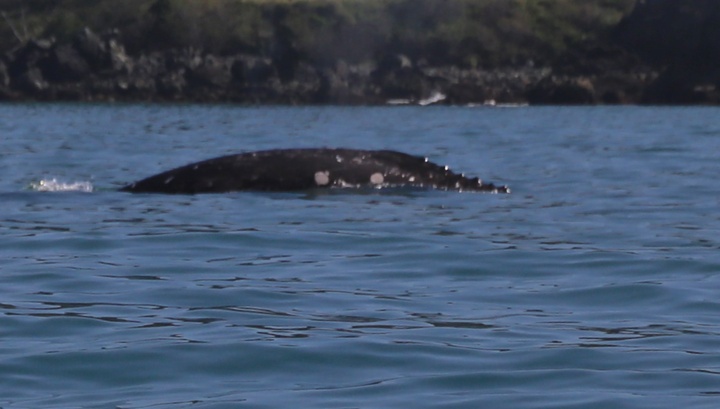
Whale uno
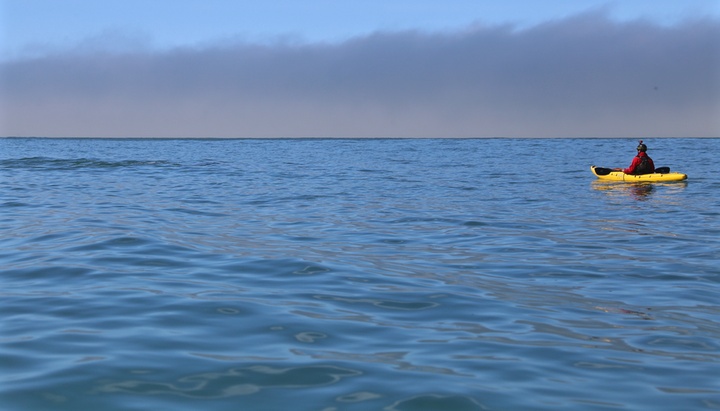
A whale approaches Jason
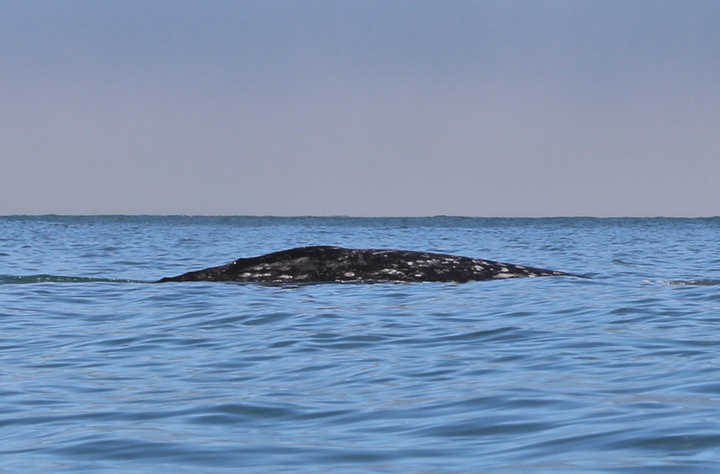
Whale dos (OK, photographing whales from kayaks is hard. Now we know)
Whale rendezvous accomplished! Needless to say, we were pumped.
“That was awesome!” Jason said. He was fairly certain that was the closest he’d ever been to a whale in his kayak, which is something of a milestone — dude spends a lot of time on the water.
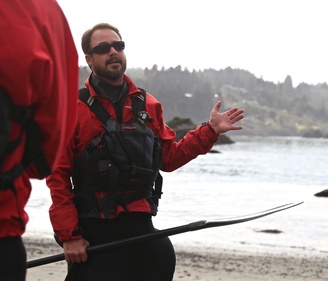
Jason Self, kayak pro
Jason’s obsession with kayaking coincided with his relocation to Humboldt from Texas in 2002. He’d grown tired of his years in the music business dealing with booking artists and concert promotion — “It’s a young man’s game” — and fell in love with Trinidad. He started guiding professionally for other companies in 2007 and started up Kayak Trinidad about a year ago. While he spent some time briefly living and kayaking in other West Coast locations, the friendly conditions provided by the physical makeup of Trinidad Harbor ultimately inspired him to set up shop here.
“You can go out every day, even when it’s 30 feet, and not have to deal with crazy launching and landing,” Jason said. “I can [easily] take people out that have that have never kayaked before because we don’t have to deal with surf. Trinidad’s a pretty unique place as far as kayaking goes.”
Feeling successful after our cetacea confrontation, we didn’t wait around for more pods. The wind was picking up and fog was rolling in, anyway. Our group paddled in and and spent some time exploring the harbor’s crannies and nooks, stopping occasionally to observe smaller sea life (photo dump below). All told our tour lasted about three hours.
If you’d like more info on Jason Self’s operation, click over to Kayak Trinidad’s website. If you head out on your own and are curious about Federal guidelines for interacting with marine mammals this is a good place to start.
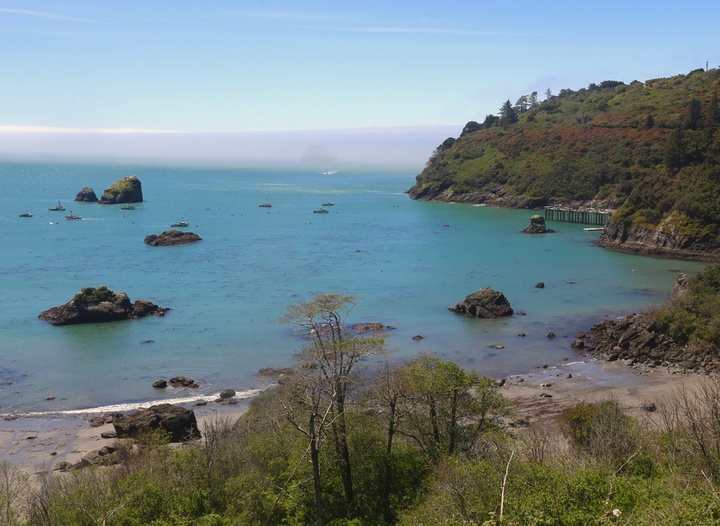
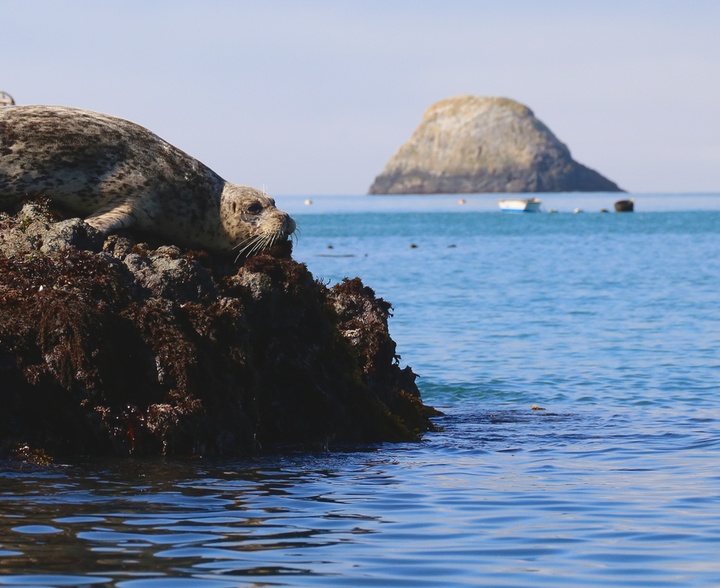
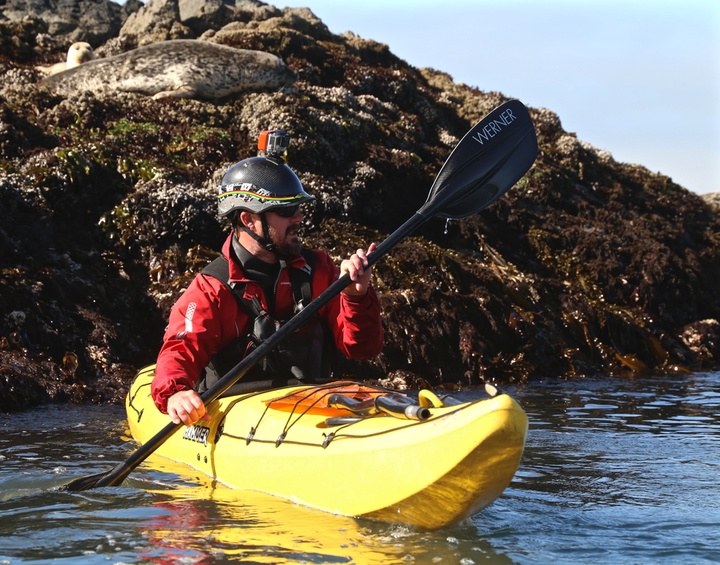
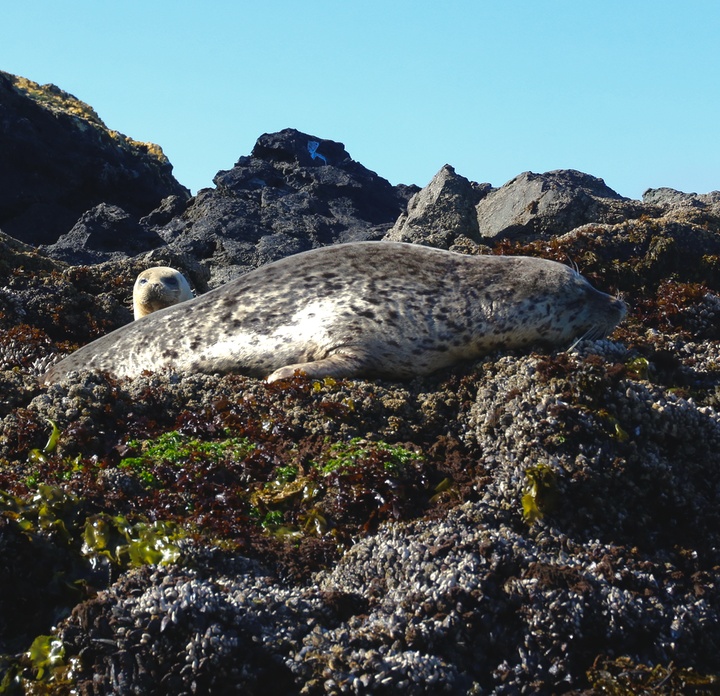
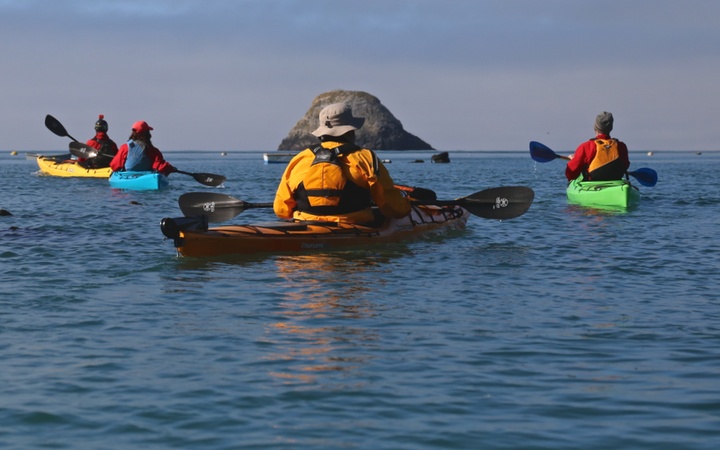

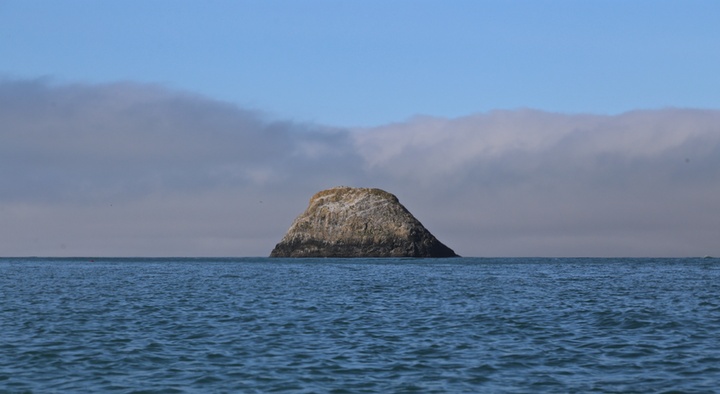
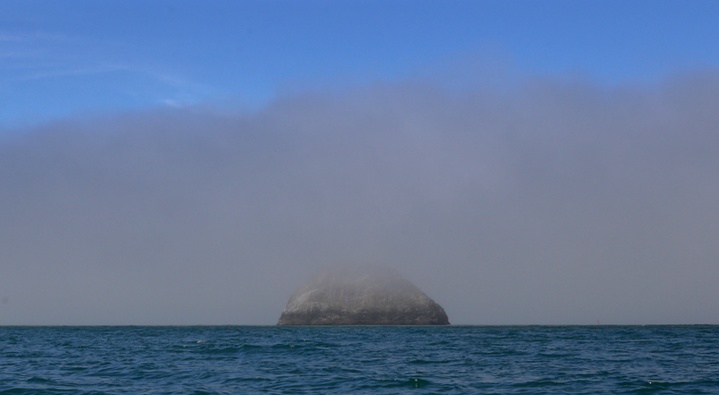

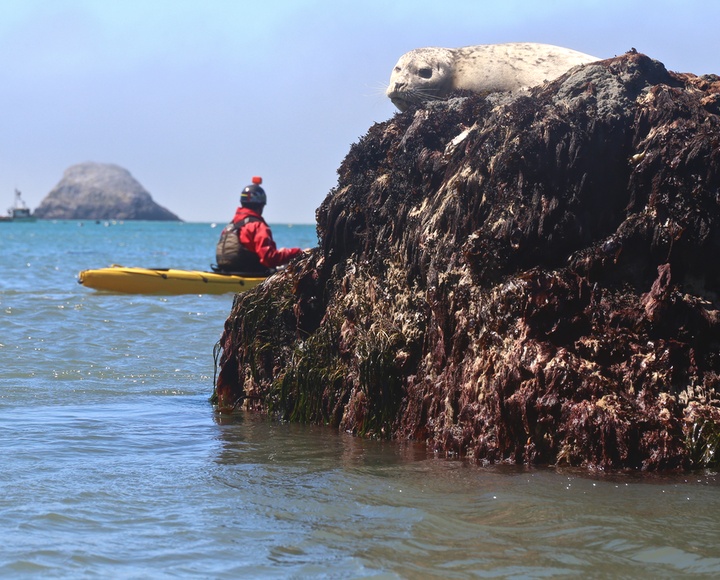
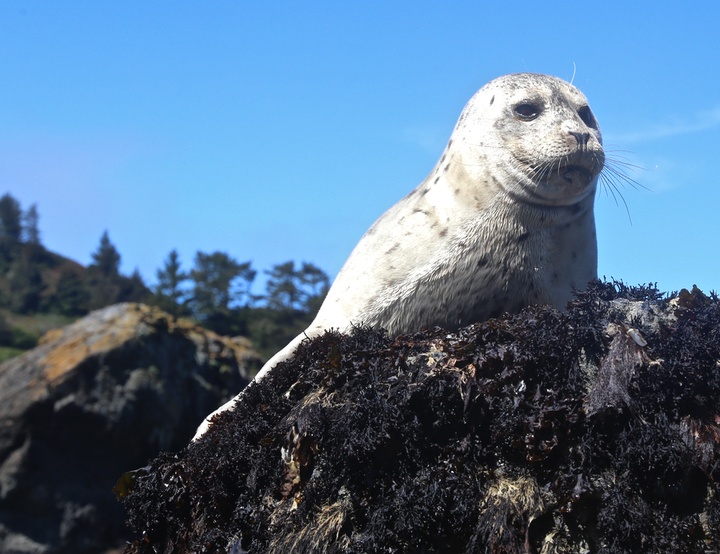
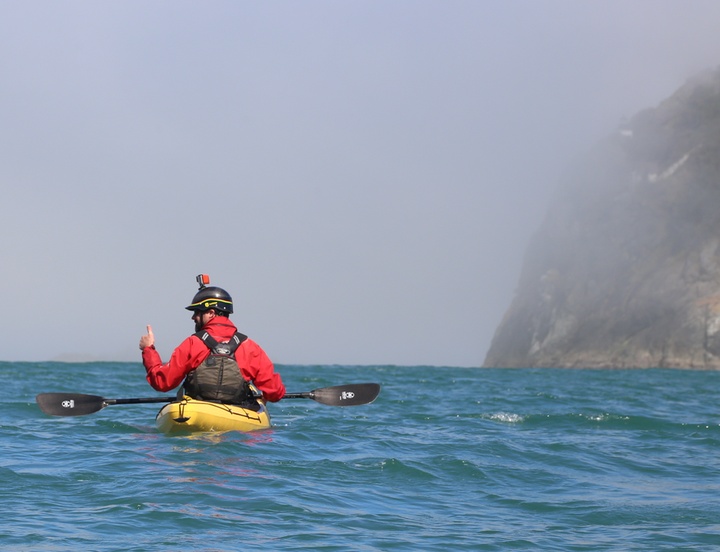
CLICK TO MANAGE